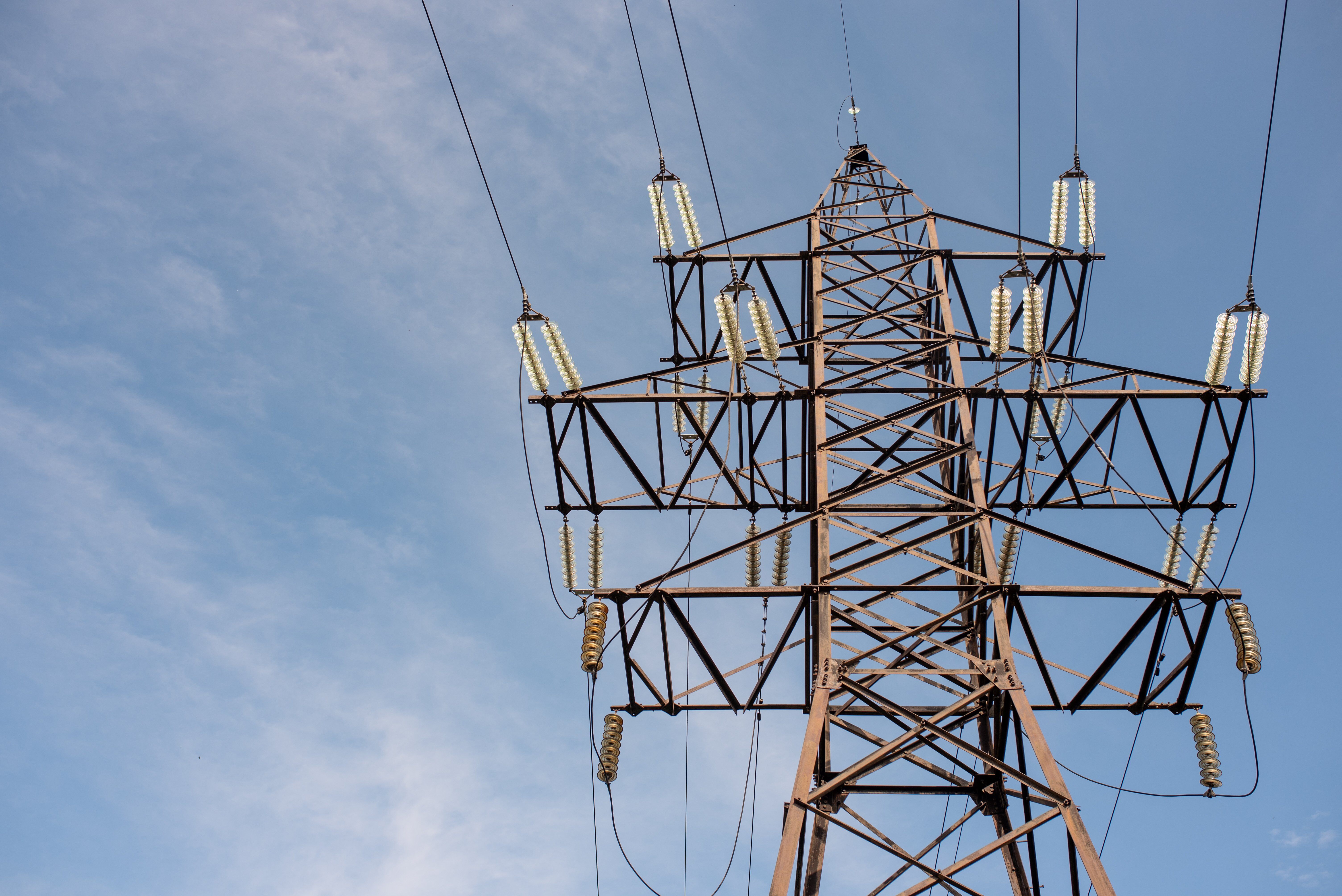Security and utilities: the next challenges

The utilities sector plays a crucial role because the companies that make up the sector play a vital role in supporting the vital functions of a nation. It is on these organisations, which provide the basic public services (electricity, natural gas, drinking water, sewerage, etc.) that the so-called "country system" rests. For the same reason, these public, private or mixed companies are particularly vulnerable in terms of security.
Security and utilities: what are the risks?
Investing in security systems in the utilities sector means ensuring business continuity and maintaining high levels of asset reliability by reducing the overall level of risk. Operational technologies, such as plant and industrial control systems, are under constant attack as they are connected to ever larger and more sophisticated networks. Risks that can affect the utilities sector include:
-
Physical protection of people and assets: this is essential for both manned and unmanned sites (e.g. remote access points to water pipes).
-
Protecting buildings: this can be achieved by deploying the latest intrusion detection technologies such as fibre optic, infrared, radar and deep learning video analytics.
-
Protection against theft, vandalism or sabotage: such unforeseen events can be mitigated by an access control system that not only supports the simple 'door opener' function, but also considers the management of different alarmable situations (e.g. door forced open, door left open, anti-passback, anti-coercion, etc.) and interoperability with other security systems (fire, intrusion, CCTV).
5 key security challenges for utilities
In addition to the ever-present and looming threat of cyber-attacks, there are several challenges associated with a utility's vulnerability. Here are the main ones:

-
Infrastructure obsolescence. Much of the critical infrastructure used in the utility world is obsolete, some more than a century old, twice its normal life cycle; old infrastructure wears out, is vulnerable to new digital threats, and is typically replaced only in emergencies.
-
Weather events. The disruption of public services due to a weather event is becoming more frequent. The force with which this event strikes the area can affect the provision of basic services over an entire geographical area; utilities must therefore take extreme weather events into account when planning the upgrade of ageing infrastructure that is more vulnerable.
-
Increasing complexity. New energy sources are being added to the grids and existing energy infrastructures are also being used to power new loads, such as electric cars; the growing contribution of renewables and the increase in connected energy sources will increasingly increase the complexity of the supporting networks, increasing the specific vulnerability of the infrastructures, as well as the gradual shift from centralised to decentralised energy.
-
Terrorist attacks. Utilities need to be informed and aware of possible threats from inside and outside the country; in this sense, governments are establishing specific communication channels with utilities to provide preventive information on possible terrorist threats in their geographical areas of responsibility.
-
Impact of the pandemic. Utilities continue to be affected by the aftermath of the pandemic in that remote working and lockdown have radically changed the energy needs of households, and utilities are struggling to keep up, adding technological superstructures, and thus increasing overall vulnerability, to assets that were not originally designed to support certain loads.

The utilities industry is undergoing a period of intense digital transformation, which will inevitably introduce new physical and logical security vulnerabilities. To meet these challenges, companies in the sector have an obligation to make global security a top priority. Indeed, potential vulnerabilities in the infrastructure could have a devastating impact on production, community and reputation. Therefore, security must become a key element of the utility business model, through the adoption of targeted technologies and the review of how external partners are engaged. These challenges are critical to the future of the industry and will be essential to maintaining the integrity and reliability of services.








